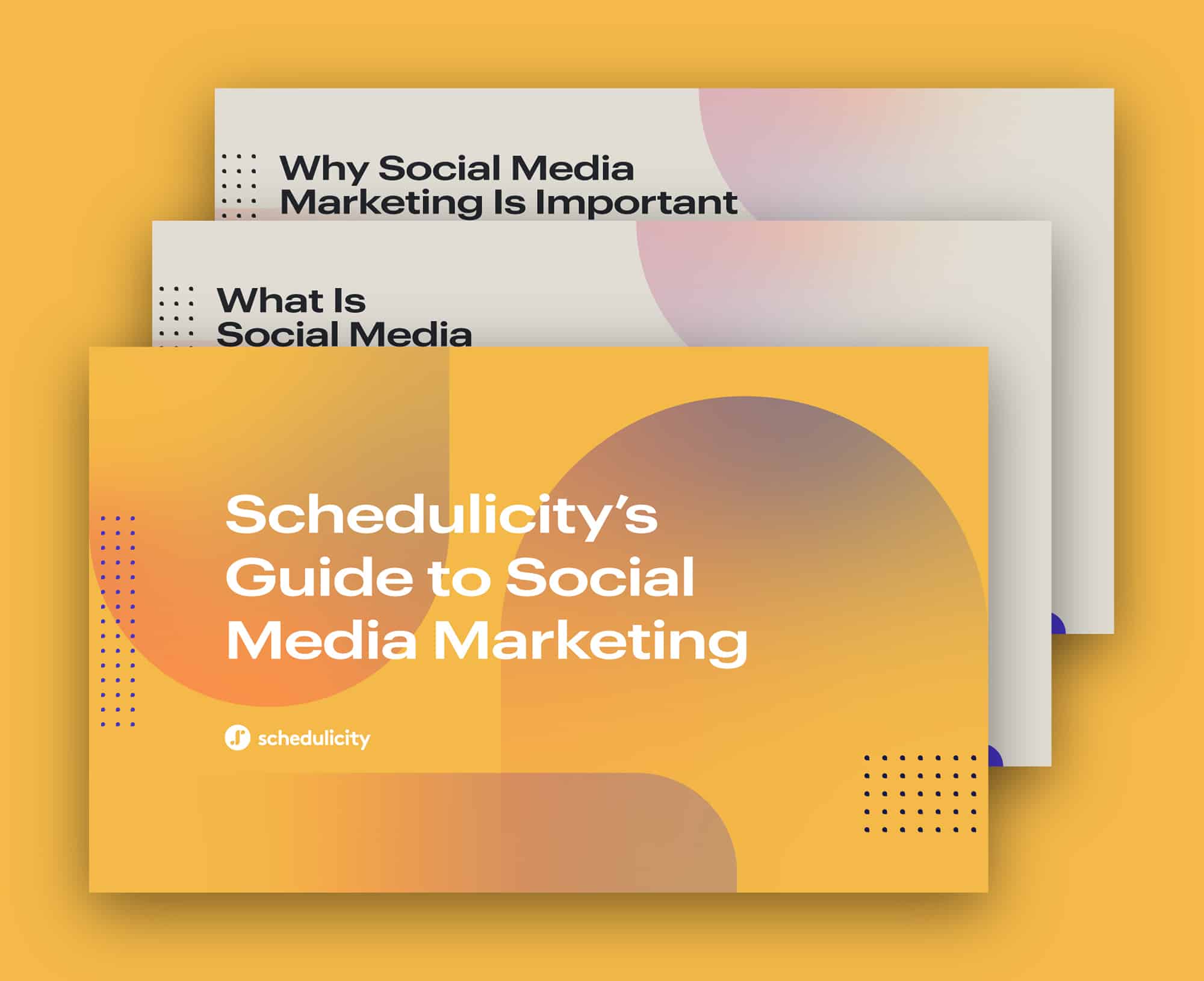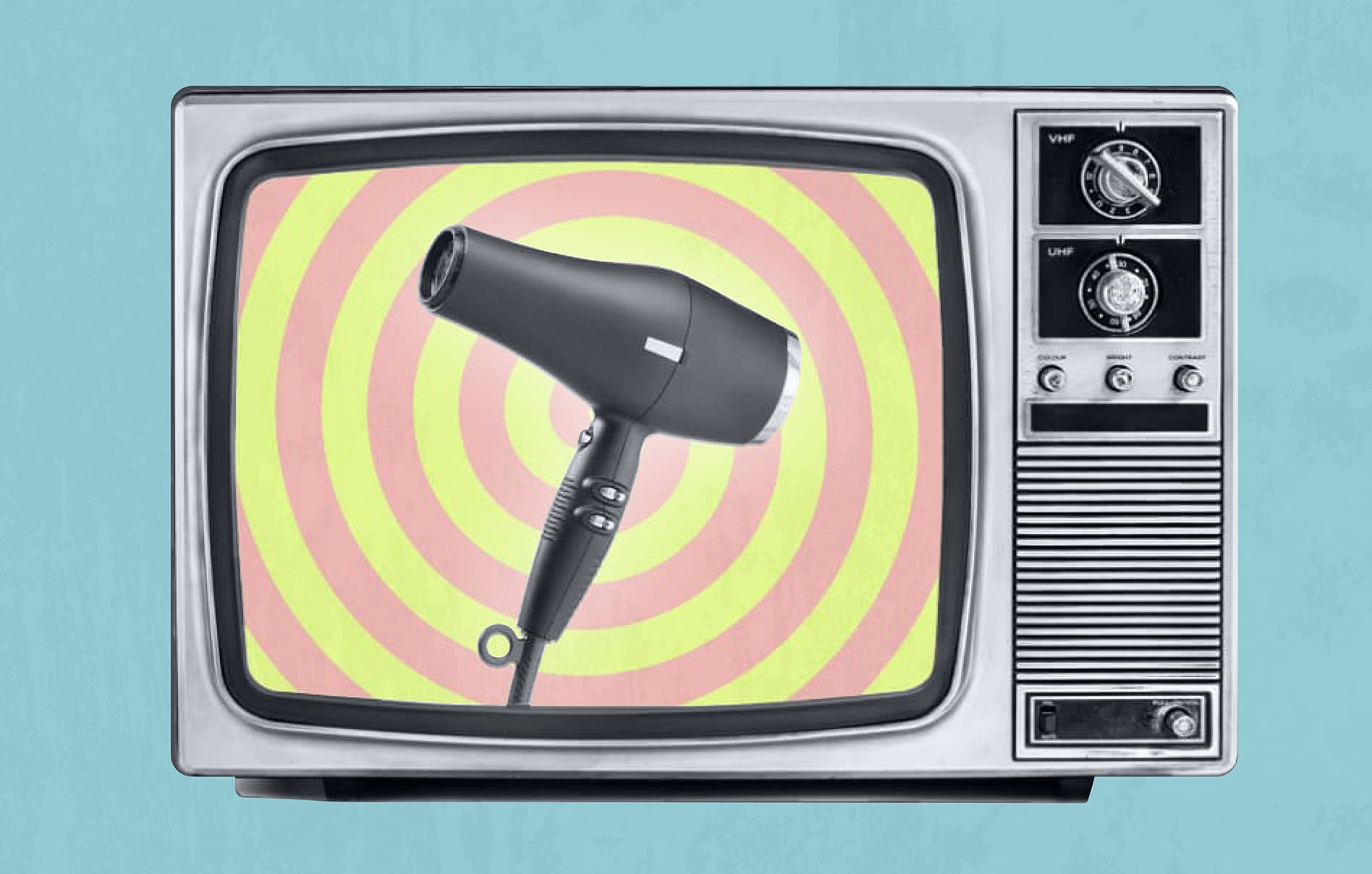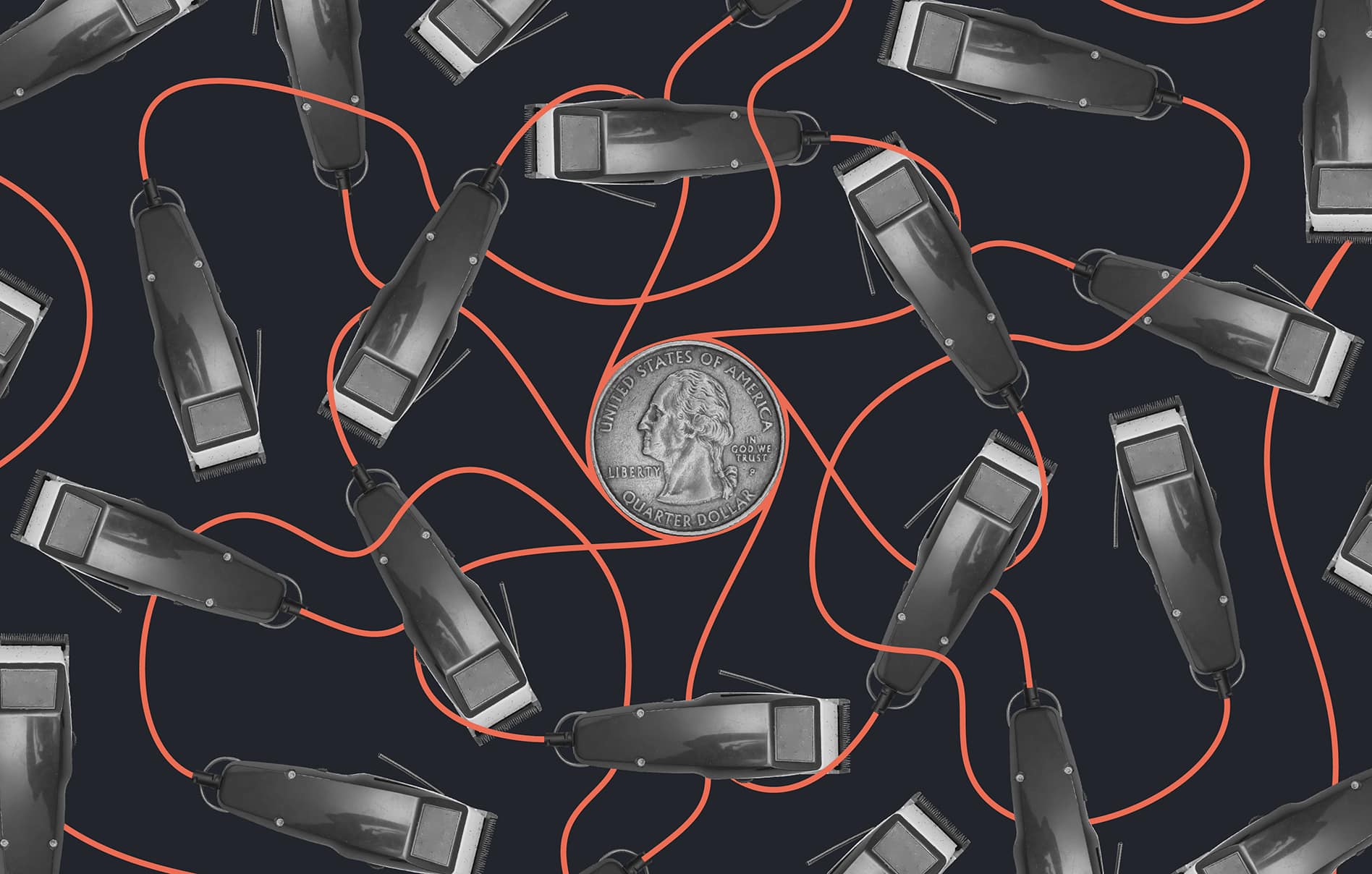If you’re wondering how to create a barbershop business plan, let us first say this: Congratulations!
Running your own barber business can make for an exciting, rewarding, and lucrative career.
But, before you start thinking about all the fun products and tools you want for your shop, you have to first put together a business plan.
In this guide, we’ll show you how to write a barbershop business plan.
Plus, we’ll even share examples and templates to help inspire your own!
Pro Guide to Writing Your Own Barbershop Business Plan
Every barbershop’s business plan is unique, but there are certain sections that each plan needs to include.
These sections create a solid roadmap for opening and managing your barbershop successfully.
1. Executive Summary
The executive summary is the first section of your barbershop business plan, but you should write it last.
That’s because the executive summary provides a concise overview of the entire plan and includes a summary of your barbershop’s mission, target market, and unique selling proposition.
Your goal for the executive summary is to provide a quick snapshot of your barbershop’s brand, the services you’ll offer, and the gap you’re filling in the market.
- Mission Statement: Clearly articulate why your barbershop exists and what values it stands for.
- Vision: Describe where you see your barbershop in 5-10 years.
- Unique Selling Proposition (USP): What makes your barbershop different from others in your area?
2. Company Description
In your company description, describe your business in detail.
Explain who you are, what you plan to do, and why you think you’ll be successful.
Include the following elements:
- Business Structure: Is your barbershop a sole proprietorship, partnership, or LLC?
- Ownership: Provide information about the ownership structure and any other partners involved.
- Location: Mention where the barbershop will be located and the benefits of that location.
3. Market Analysis
Understanding your target market and competition is crucial when starting a barbershop business plan.
That’s where market analysis comes in.
This section covers the research you’ve done and your strategies for capturing a share of the market.
- Industry Overview: Summarize the barbershop industry in your area, including current trends and growth potential.
- Target Market: Define the type of clients you aim to serve (e.g., young professionals, families, high-end clients).
- Competitive Analysis: Identify key competitors and assess their strengths and weaknesses.
- Market Needs and Trends: Discuss any trends in hairstyles, grooming preferences, or social behaviors that could impact your business.
4. Organization and Management Structure
Describe how your barbershop will be organized and managed.
This section shows readers you’ve considered how your business will run daily.
- Organizational Chart: Visualize your team structure. List roles and responsibilities, from barbers to front-desk personnel.
- Management Team: Provide details about the ownership and any managers or key employees, including their experience and expertise.
- Legal Structure: Reiterate your legal structure and any permits or licenses required to operate in your location.
5. Services Offered
Clearly describe the services your barbershop will provide. Be as specific as possible about the offerings to set client expectations.
- Core Services: Outline standard services like haircuts, beard trims, and shaves.
- Specialty Services: Mention any unique services, such as hot towel shaves, scalp massages, or styling for events.
- Product Sales (if applicable): If you plan to sell products like grooming tools or hair care items, list them here.
6. Marketing and Sales Strategy
A well-defined marketing plan is essential to attract and retain customers.
Here’s what to include:
- Branding Strategy: Describe your brand identity, including logo, colors, and the feel of your barbershop.
- Pricing Strategy: Explain how your pricing compares with competitors and why it’s appropriate for your target market.
- Promotions and Advertising: Identify the channels (e.g., social media, print, word of mouth) you’ll use to promote your business.
- Customer Retention: Discuss how you’ll keep clients coming back, such as loyalty programs or referral discounts.

Social Media Marketing 101
Deep-dive into trends, tools, and hashtags that will take your brand – and small business – to the next level.
Get the Guide7. Financial Projections
Financial projections give potential investors and lenders insight into your barbershop’s profitability and sustainability.
While these projections are often estimates, they should be based on research and realistic assumptions.
- Startup Costs: Include expenses for renovations, equipment, furniture, permits, licenses, and initial product inventory.
- Revenue Forecasts: Provide an estimate of monthly and yearly revenue based on services, prices, and estimated customer volume.
- Expense Projections: Outline your expected expenses, including rent, utilities, salaries, and marketing costs.
- Profit and Loss Statement: Show your expected profits and losses for the first few years.
- Break-Even Analysis: Determine when your business will become profitable, helping you set realistic financial goals.
8. Funding Request (if applicable)
If you’re seeking funding, this section should explain how much money you need and what it will be used for.
- Funding Needs: Be clear about how much funding you’re seeking and whether it’s for equipment, initial overhead, or marketing expenses.
- Future Financial Plans: Outline any future financial plans, like additional loans or growth investments.
- Repayment Plan: If you’re asking for a loan, include a repayment plan with timelines and interest.
9. Appendices
The appendix is optional but can be useful for including documents that back up your claims and financial data.
- Resumés: Include resumés of key team members.
- Licenses and Permits: Include copies of any necessary licenses or permits.
- Product/Service Brochures: Provide any brochures or marketing materials you’ve developed.
- Legal Documentation: Add copies of contracts, leases, and other legal documents.
Barbershop Business Plan Example
You can find a ton of great barbershop business plan examples out there, but we put together our own to help inspire you!
Feel free to get creative, elaborate, and make your business plan stand out.
Executive Summary
Classic Cuts Barber Lounge is a premium barbershop located in downtown Chicago, targeting young professionals and families who seek quality grooming services in a stylish environment.
Our mission is to combine traditional barbering techniques with modern amenities, creating a unique experience that sets us apart from competitors.
Company Description
Classic Cuts is a sole proprietorship, founded by James Parker, a licensed barber with over fifteen years of experience.
The shop will be located in a high-traffic area near office buildings and residential apartments.
Market Analysis
Our primary target market consists of men aged 25-45 in downtown Chicago, where the demand for professional grooming services is high.
Competitors include a mix of high-end salons and traditional barbershops, but we differentiate ourselves through our customer-centric approach and luxurious ambiance.
Organization and Management Structure
James Parker will serve as the owner and lead barber, with two other barbers and one receptionist initially.
As we grow, we plan to add more barbers and expand our service offerings.
Services Offered
Classic Cuts will offer premium haircuts, beard trims, hot towel shaves, and scalp massages.
We’ll also sell a curated selection of hair care products.
Marketing and Sales Strategy
Our marketing strategy focuses on social media advertising and a referral program to build a strong local following.
We plan to offer monthly membership packages and loyalty discounts to retain customers.
Financial Projections
With an initial investment of $30,000, we expect to break even within the first year. Estimated revenue in the first year is $100,000, with projected expenses of $70,000.
Additional Barber Business Plan Templates
Are you a barber looking for an online scheduler for your brand-new barber business?
At Schedulicity, we give you all the tools you need.
From online booking and appointment reminders, to email marketing and payment processing, you get everything you need to take your business to the next level!






